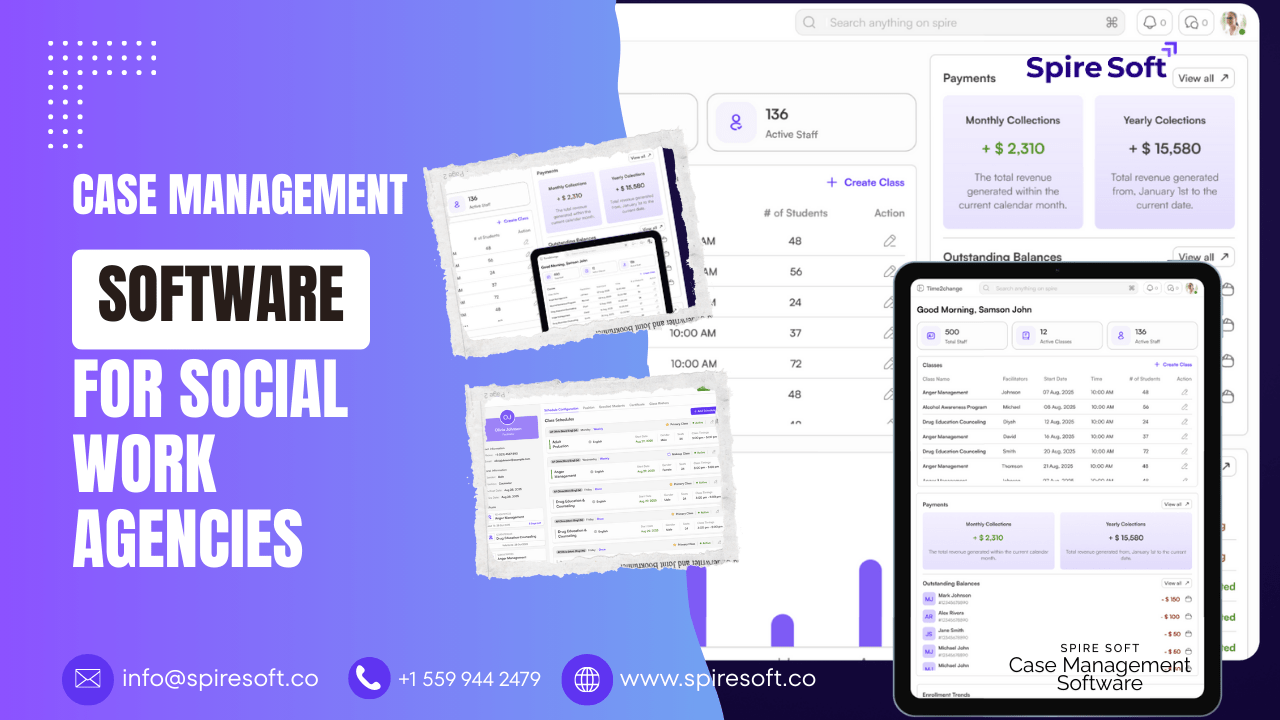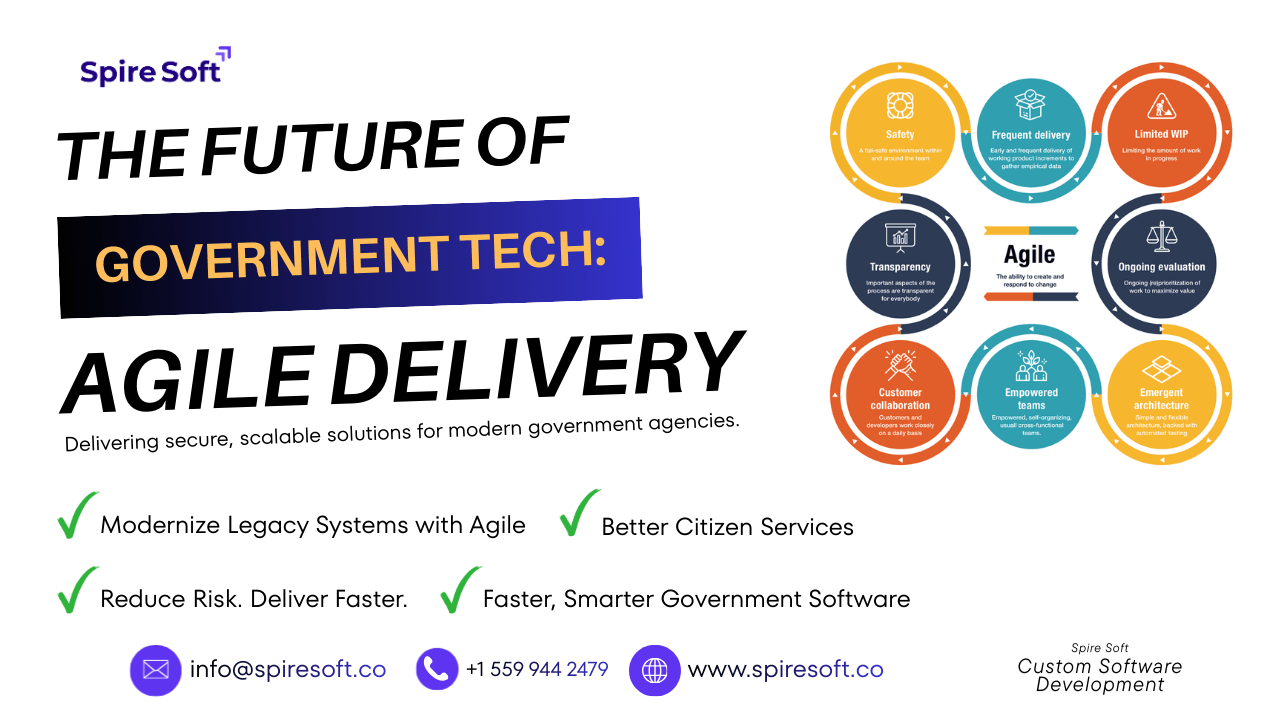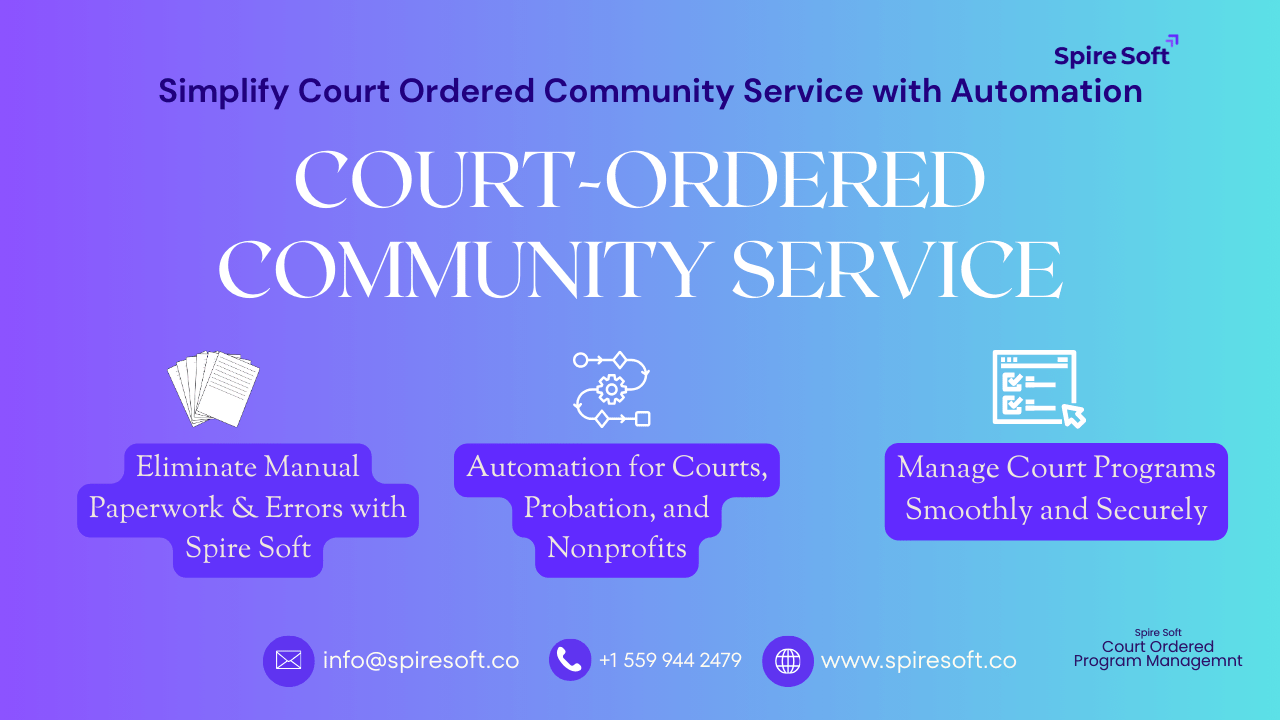Blog Post
What is System Integration Testing?
July 28, 2025
Table Of Content
Have you ever deployed a perfectly functioning software module—only to see everything break the moment it interacts with other systems?
That’s where System Integration Testing (SIT) comes in.
System integration testing is the process of validating whether different software systems, APIs, databases, and modules can communicate and function together as a whole. It's not about whether each part works independently, but whether they work collectively without friction.
From customer-facing platforms to enterprise-grade applications, SIT ensures seamless interactions across interconnected parts—before your users ever experience an error.
Why does system integration testing matter more than ever?
Today’s software is rarely standalone. Your app may fetch payment data from a third-party processor, pull customer profiles from a CRM, and report analytics to external dashboards—all in real-time.
Without proper integration testing, you're left vulnerable to:
- Misaligned data that affects reporting and decisions
- APIs that silently fail when updates occur
- Poor customer experience due to inconsistent workflows
- Compliance risks where data isn't synced securely
In short, system integration testing helps you validate not just features, but the ecosystem your product lives in.
What gets tested during system integration testing?
System Integration Testing (SIT) goes far beyond just checking if two systems can "talk" to each other. It deeply evaluates the interactions, data flow, dependencies, and failure points between systems to ensure everything functions as a single cohesive unit.
At Spire Soft, we focus on delivering SIT that simulates real-world conditions—so when your application goes live, it behaves exactly as expected across every connected component.
Here’s what typically gets tested during system integration testing:
1. Interface compatibility
This is the first line of validation. It checks whether different systems—whether internal modules or third-party tools—can exchange data accurately, consistently, and in the expected format.
- Does the receiving system understand the data structure?
- Are field names, types, and formats aligned?
- Can both systems handle the data volume and request frequency?
At Spire Soft, we ensure interfaces are mapped with precision and edge cases like empty fields, invalid data, and large payloads are all accounted for during SIT.
2. API interactions
Modern applications often depend on APIs to retrieve or send data between systems. System integration testing rigorously evaluates:
- API request and response behavior (REST/SOAP/GraphQL)
- Authentication and token expiry flows
- Rate limiting and throttling compliance
- Response structure, timeout handling, and fallback mechanisms
Spire Soft doesn’t just verify whether APIs connect—we test how robust and resilient these integrations are under load, failure conditions, and version mismatches.
3. Data integrity
Data is the lifeblood of any system. During SIT, we validate that data:
- Moves from source to target without corruption or loss
- Maintains accuracy across systems, regardless of the data type
- Isn’t duplicated or altered unintentionally during transit
- Is processed securely, respecting data privacy rules and permissions
We simulate both normal and edge case scenarios to ensure critical information—like customer details, financial transactions, or inventory records—is always trustworthy. Spire Soft brings data validation scripts and reconciliation checks into the SIT cycle to ensure nothing slips through the cracks.
4. Workflow consistency
One of the most vital aspects of SIT is testing how well different systems coordinate across business processes. For example:
- A sales order flows from CRM → ERP → Billing → Inventory
- A patient appointment is booked → synced to calendar → triggers insurance pre-check
- An eCommerce return request triggers updates in logistics, warehouse, and CRM
Each step in the workflow depends on the previous one succeeding. Spire Soft builds end-to-end test cases that replicate real operational workflows, ensuring seamless continuity across the user journey.
5. Error handling and system resilience
No system is perfect, but great systems recover gracefully. SIT tests how your software behaves under failure conditions, including:
- What happens if a payment gateway times out?
- How does the system react if one service returns a 500 error?
- Do retries, alerts, and logs work properly?
Spire Soft simulates these failures to make sure your platform remains fault-tolerant and that user experience isn’t compromised when something goes wrong behind the scenes.
At Spire Soft, we’ve spent years refining SIT strategies across industries—from healthcare and finance to logistics and SaaS platforms. Whether you're integrating legacy systems, cloud-native APIs, or third-party apps, we help you deliver software that’s connected, secure, and trusted.
Real-world examples of system integration testing
System integration testing isn't just a technical checkbox—it plays a critical role in ensuring your business operations work the way they're meant to. At Spire Soft, we work with a variety of organizations where SIT has been essential in avoiding costly deployment issues and ensuring seamless collaboration across systems.
Here are a few common integration scenarios we can help businesses prepare for through structured and thorough SIT:
Retail – POS and Inventory Systems
Imagine a retail business connecting its point-of-sale terminals with a cloud-based inventory platform. Through SIT, you can validate that:
- Each sale automatically reduces stock levels
- Auto-reordering triggers when thresholds are met
- Reports reflect accurate stock positions in real-time
This prevents stockouts, over-ordering, and reconciliation headaches.
Healthcare – Patient Portal and Billing Software
A healthcare provider may want to integrate their appointment booking system with insurance billing software. With SIT, teams can ensure that:
- Patient visits generate proper billing records
- Data flows securely between systems without duplication
- Insurance codes match patient procedures accurately
This can significantly reduce claim rejections and administrative delays.
eCommerce – CRM, Website, and Email Automation
For an e-commerce business, syncing a customer-facing website with a CRM and email platform ensures that:
- New signups are instantly added to the CRM
- Automated emails are triggered based on user behavior
- Customer lifecycle tracking remains intact
SIT helps confirm that every handoff between tools happens exactly as expected.
Why does these matter?
These examples are just the start. Whether you’re dealing with legacy systems, new third-party tools, or custom APIs, integration testing ensures that business logic, data flow, and user experiences remain uninterrupted.
At Spire Soft, we don’t just make systems talk—we ensure they speak the same language, in real time, and with resilience.
How is system integration testing is performed?
A structured and well-executed System Integration Testing (SIT) process is the backbone of stable, scalable software. It ensures that all systems—whether internal modules or third-party tools—interact correctly before going live.
Here’s a detailed breakdown of how SIT is typically carried out:
Step 1: Test planning
This is where it all begins.
In this phase, testing teams, product owners, and developers define the scope of integration. The focus is on answering key questions:
- Which systems or modules are being integrated?
- What data dependencies or communication paths exist?
- Are there third-party APIs or legacy systems involved?
Scenarios are prioritized based on real-world business processes (e.g., sales, billing, support). At Spire Soft, we help clients establish clear goals and success criteria for each test to ensure alignment between tech teams and business units.
Step 2: Test environment setup
Integration testing can't be done in isolation—it needs a controlled environment that mirrors production as closely as possible.
This environment includes:
- API gateways and endpoints
- Test versions of all involved applications (CRM, ERP, billing systems, etc.)
- Databases configured with mock/test data
- Realistic user roles, permissions, and access control settings
We also provision simulated third-party services (when live ones are unavailable), ensuring seamless testing without affecting production data.
Step 3: Data mapping
At this stage, test data is selected or generated to reflect actual use cases.
Each data element—like a customer profile, order entry, or medical record—is mapped across all systems:
- What format is it in?
- Where is it stored?
- How should it transform during the integration?
Mismatched data types (e.g., date formats, null values) or incomplete fields are flagged early. At Spire Soft, our data mapping process also includes validation rules and transformation logic, reducing friction and increasing the test’s reliability.
Step 4: Test case development
Test cases are not just scripts—they're simulations of real business operations.
In this phase, SIT engineers create end-to-end workflows that test complete scenarios such as:
- A sales order moving from CRM → Inventory, → Billing
- A new user sign-up syncing from the website → CRM → Email platform
- Patient appointment data flowing into insurance billing tools
Each test case is designed to check not only functionality but also performance, error handling, and data integrity under various conditions (normal, edge case, failure).
Step 5: Test execution and monitoring
This is where the integration is stress-tested.
All test cases are executed—manually or through automated scripts—and results are monitored in real time. Teams look for:
- API response times
- Data transformation accuracy
- Logging of successful and failed transactions
- System resilience under load or during interruptions
Monitoring tools and dashboards capture the test logs, enabling developers and testers to identify breakpoints, performance bottlenecks, and silent failures.
Step 6: Defect logging and resolution
Any issues uncovered during execution—such as failed API calls, incorrect data syncs, or misrouted workflows—are logged, triaged, and assigned for resolution.
Each defect includes detailed information:
- Steps to reproduce
- Environment and data used
- Logs or screenshots
- Impact on the business process
Once fixed, the test cases are re-executed to confirm that the issue no longer exists and that no new issues have been introduced. This feedback loop continues until the system behaves as expected across all tested integrations.
How does Spire Soft ensure SIT success?
At Spire Soft, we guide clients through each of these steps with industry-tested methodologies and flexible tools tailored to their environment.
From preparing robust integration test plans to building automated test frameworks and offering continuous support—we ensure your systems don't just connect, but operate in sync with long-term reliability.
Whether you're dealing with internal modules, cloud APIs, or third-party platforms, we make SIT a streamlined and value-driven process.
System integration testing vs unit testing vs system testing
Before launching any application, it's crucial to test it at multiple levels. Each layer of testing serves a different purpose—from validating individual units of code to ensuring end-to-end system behavior. System Integration Testing (SIT) plays a pivotal role by focusing on how different components and external systems interact. Here’s how SIT compares with unit testing and system testing:
| Type of Testing | Focus Area | Purpose |
| Unit Testing | Individual functions or modules | To ensure each component works correctly in isolation. |
| System Integration Testing (SIT) | Interfaces between integrated systems | To validate that different systems/modules work together as expected. |
| System Testing | Entire application as a whole | To confirm the complete system meets business and technical requirements. |
SIT acts as the critical middle layer—bridging well-functioning modules into a seamless software experience.
Common challenges during system integration testing:
System integration testing is powerful—but not always straightforward. Here are a few challenges developers often face:
Dependency availability
Some third-party services or APIs may not be ready during early testing phases.
Environment inconsistencies
A mismatch between test and production environments can lead to inaccurate results or false positives.
Data formatting conflicts
Different systems may validate or accept inputs differently, causing sync errors.
Access control complications
User roles and permissions might limit the ability to simulate full workflows during testing.
At Spire Soft, we solve these challenges by using mocks, simulated environments, and data-driven test planning—ensuring SIT success even in complex setups.
Why is Spire Soft trusted for system integration testing?
For businesses building interconnected platforms, quality testing isn’t enough—you need testing built for integration.
At Spire Soft, we bring deep expertise in integration-first testing. Our team:
- Craft integration-specific test plans aligned with your business goals
- Simulates real-world user behavior across connected systems
- Builds temporary stubs when real services aren’t available
- Offers visual dashboards to monitor SIT outcomes
Whether you’re working with CRMs, financial tools, analytics, or custom APIs, Spire Soft ensures every piece communicates cleanly and securely.
Conclusion:
Software is only as strong as its connections. You could have the best-designed software modules in the world—but if they can’t talk to each other, your system will fall apart.
System integration testing gives you the confidence that your software works not just in theory, but in practice—under pressure, at scale, and in sync.
From startups adding third-party plugins to enterprises running dozens of platforms, Spire Soft helps teams validate, refine, and launch integrated systems that just work.
Ready to get your systems talking?
Book a Free Integration Test Strategy Call
FAQs:
Q: When should integration testing be done in a project?
A: It typically starts after unit and module testing is complete, but before full user acceptance testing.
Q: Can integration tests be automated?
A: Absolutely. At Spire Soft, we often automate recurring test cases using tools like Postman, JMeter, or custom-built frameworks.
Q: What if one of the third-party systems isn’t available during testing?
A: We use mocks and stubs to simulate unavailable systems without blocking progress.
Q: How long does SIT usually take?
A: Most system integration testing phases run between 1 to 3 weeks, depending on the number of systems and complexity of integration.




